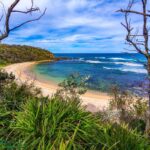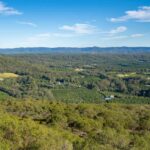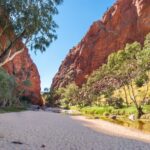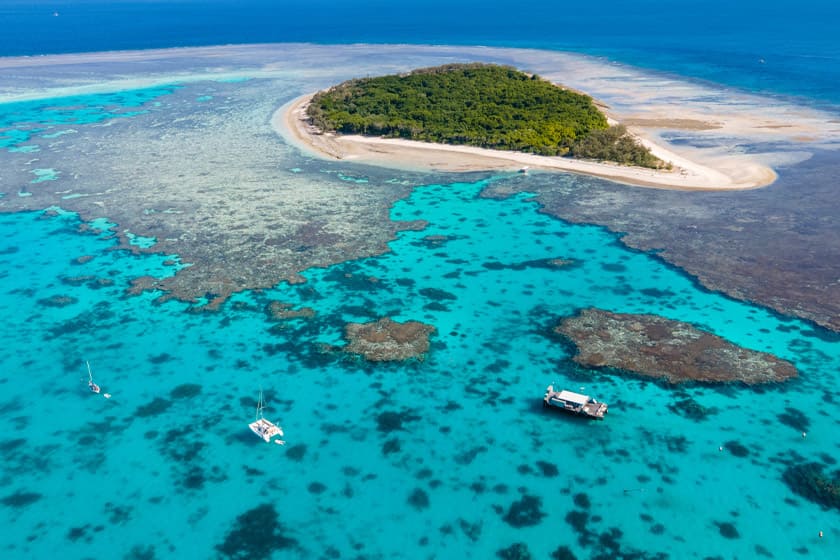
Australia is renowned for its stunning underwater ecosystems, making it one of the best destinations for scuba diving enthusiasts. With crystal-clear waters, diverse marine life, and remarkable coral reefs, there is no shortage of incredible dive spots to explore. From the iconic Great Barrier Reef to lesser-known hidden gems, scuba diving in Australia offers an unforgettable experience for divers of all skill levels. In this article, we will explore some of the best places to enjoy remarkable underwater adventures in Australia.

1. Great Barrier Reef, Queensland
The Great Barrier Reef is a UNESCO World Heritage site and one of the most famous diving locations in the world. Stretching over 2,300 kilometers along the northeastern coast of Australia, this vibrant ecosystem is home to thousands of marine species, including colorful corals, tropical fish, and even turtles and dolphins. Divers can explore various dive sites, from shallow reefs ideal for beginners to deeper spots for more experienced divers.
A popular way to experience the Great Barrier Reef is through liveaboard trips, which allow divers to spend multiple days exploring remote areas of the reef. Some of the must-visit sites in the Great Barrier Reef include Cod Hole, known for its friendly potato cod, and Steve’s Bommie, where divers can encounter an abundance of marine life and stunning coral formations.
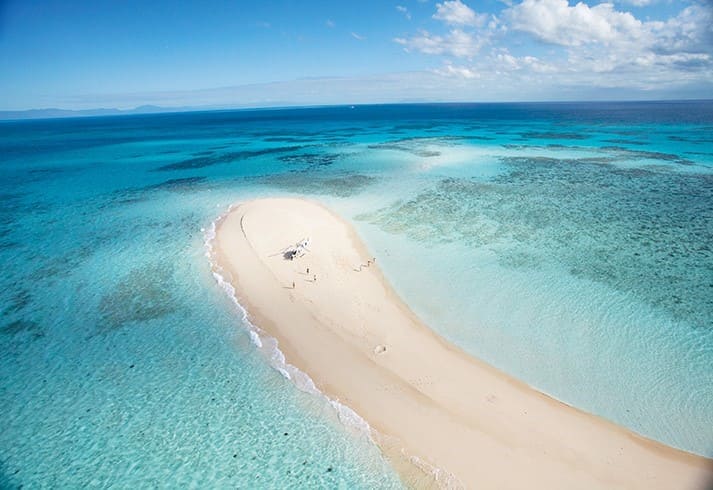
2. Ningaloo Reef, Western Australia
Ningaloo Reef, located on the western coast of Australia, is a hidden gem that rivals the Great Barrier Reef in beauty and biodiversity. What sets Ningaloo apart is its accessibility, as you can literally step off the beach and into a world teeming with marine life. The reef is famous for its annual migration of whale sharks, making it a top destination for those eager to swim alongside these gentle giants.
Additionally, Ningaloo Reef offers a wide range of dive options, from shallow coral gardens perfect for snorkeling to deeper dives that reveal dramatic underwater landscapes. The Mettam’s Pool and Lighthouse Bay are particularly popular for their rich marine life and stunning coral formations. You can expect to see an array of species, including manta rays, vibrant reef fish, and even the occasional dugong.
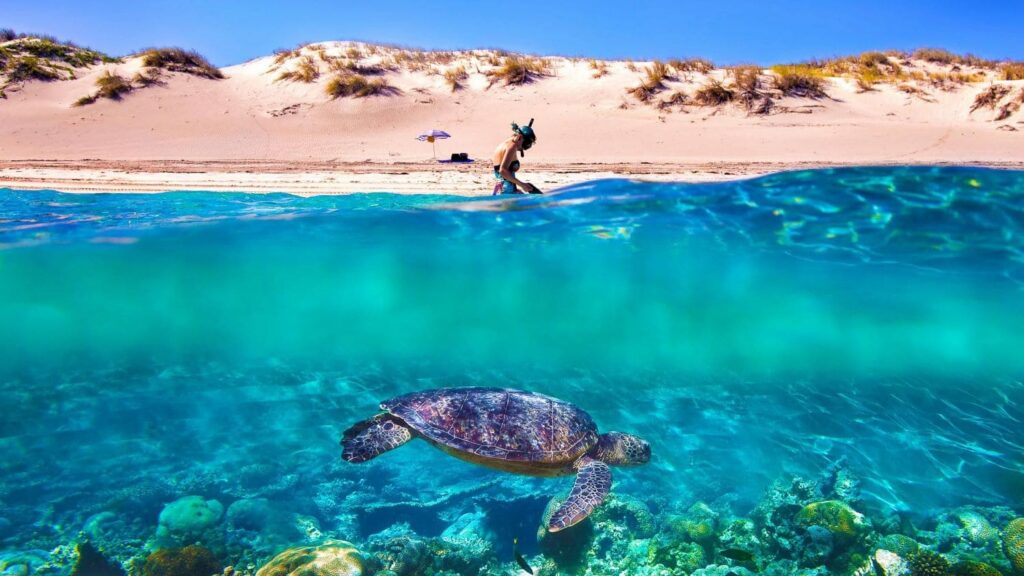
3. Kangaroo Island, South Australia
Kangaroo Island is another remarkable destination for scuba diving, offering pristine waters and a variety of underwater experiences. The island is known for its diverse marine environments, with opportunities to dive in calm bays or navigate through kelp forests. One highlighted dive site is the Eleanor River dive, where divers can encounter an array of marine species in a serene and uncrowded setting.
In addition to Eleanor River, diving at the Fish Rock Cave is highly recommended, as it is one of the best places to see grey nurse sharks in their natural habitat. The cave offers an exciting diving experience, characterized by dramatic underwater formations and a rich marine ecosystem. Overall, Kangaroo Island provides an excellent mix of adventure, stunning scenery, and diverse marine life.
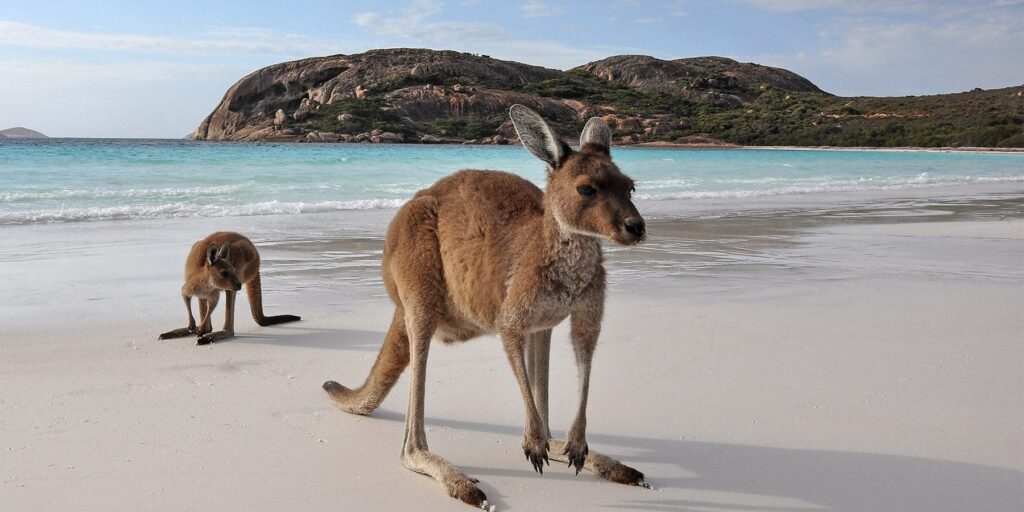
4. Port Douglas, Queensland
Port Douglas is a charming coastal town and a gateway to some of Australia’s top diving spots, including the Great Barrier Reef. This area is perfect for divers looking to explore not just the reefs but also the unique marine habitats in its proximity. Dive tours often cater to varying levels of experience, allowing everyone the chance to appreciate the underwater beauty of the region.
One of the most popular dives in Port Douglas is Agincourt Reef, known for its stunning coral formations and diverse marine life. This area features colorful coral gardens, schools of fish, and sightings of larger predators like sharks and barracuda. Port Douglas also offers opportunities for night diving, where divers can witness a whole different world come alive under the moonlight.
5. The Coral Sea, Queensland
The Coral Sea is another spectacular diving destination that offers an array of dive sites showcasing the region’s natural beauty. Renowned for its vibrant coral reefs and unique geological formations, the Coral Sea is less crowded than other famous locations, providing a more intimate diving experience. One of the highlights of diving in the Coral Sea is the Osprey Reef, a remote atoll that offers exceptional visibility and a chance to see large pelagic species.
Additionally, the Coral Sea is known for its dramatic underwater topography, including wall dives and drop-offs that create a stunning backdrop for divers. Expect to encounter an array of marine life, including sharks, rays, and a plethora of tropical fish amidst vibrant coral formations. Whether you’re a seasoned diver or new to the sport, the Coral Sea promises an unforgettable underwater adventure.
Conclusion
Australia is truly a diver’s paradise, boasting some of the most beautiful and diverse marine environments in the world. From the iconic Great Barrier Reef to the secluded beauty of Ningaloo Reef and beyond, each location offers unique underwater experiences that cater to all skill levels. Dive into these fantastic locations, witness the stunning marine biodiversity, and create lasting memories in Australia’s breathtaking underwater landscapes. Whether you are a novice or experienced diver, the wonders of Australia’s oceans await you.
FAQs
1. What is the best time of year for scuba diving in Australia?
The best time for scuba diving in Australia typically varies by region. However, the warmer months from late spring to early autumn (November to April) are generally ideal due to better visibility and more active marine life.
2. Do I need a diving certification to dive at the Great Barrier Reef?
While some dive tours at the Great Barrier Reef offer introductory dives for beginners, having a proper diving certification is recommended to fully experience the dive sites safely.
3. Are there any risks associated with scuba diving in Australia?
As with any adventure sport, scuba diving comes with risks. It’s essential to follow safety guidelines, dive with reputable operators, and be aware of marine life. Always ensure your equipment is checked and maintained.
4. Can I go scuba diving in Australia without being a certified diver?
Yes, many places in Australia offer “discover scuba” experiences, which allow you to dive with a certified instructor. However, for more complex or deeper dives, a certification is recommended.
5. What wildlife can I expect to see while scuba diving in Australia?
Divers can expect to see a diverse range of marine life, including colorful reef fish, turtles, sharks, rays, and sometimes even dolphins and whales, depending on the location and season.
